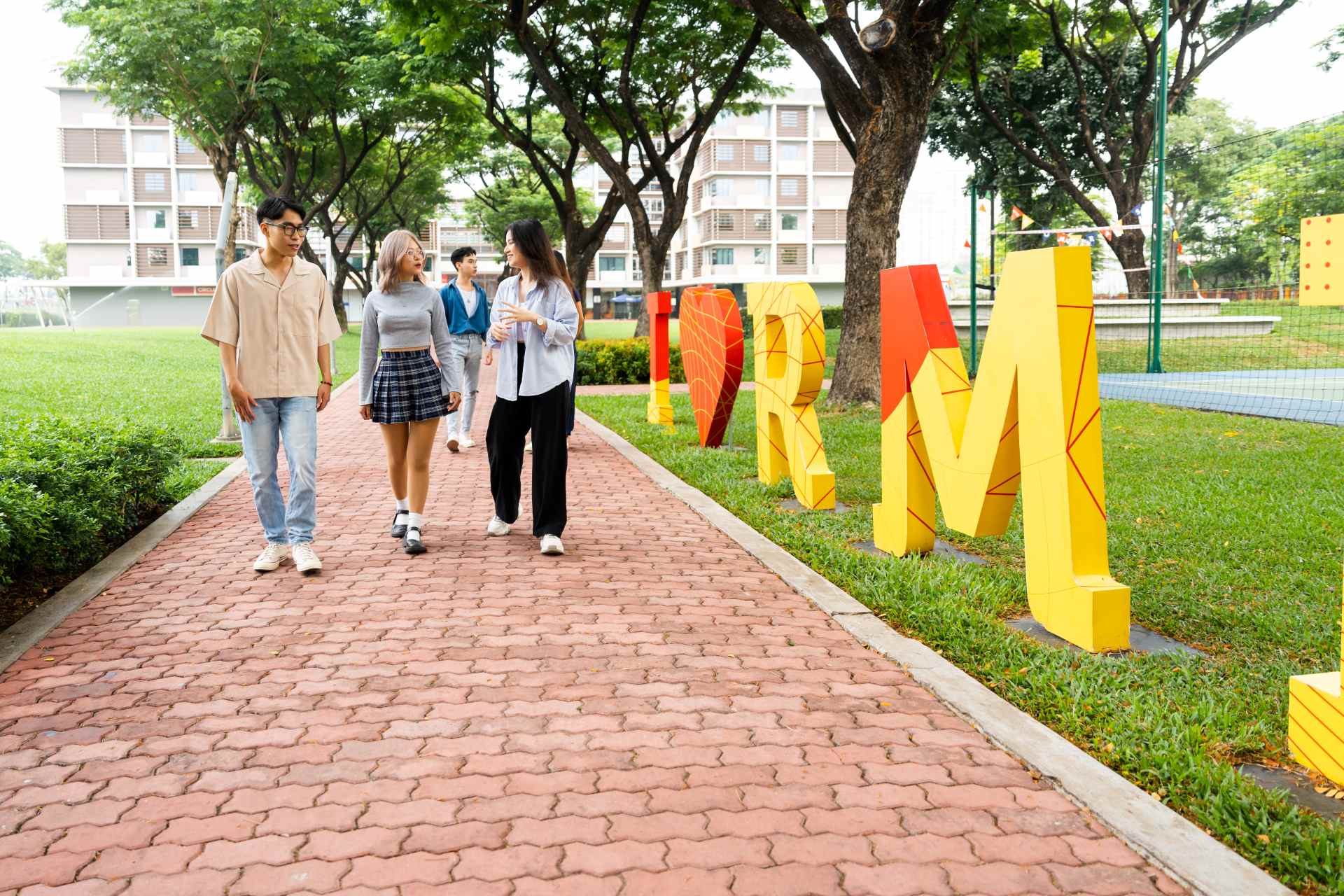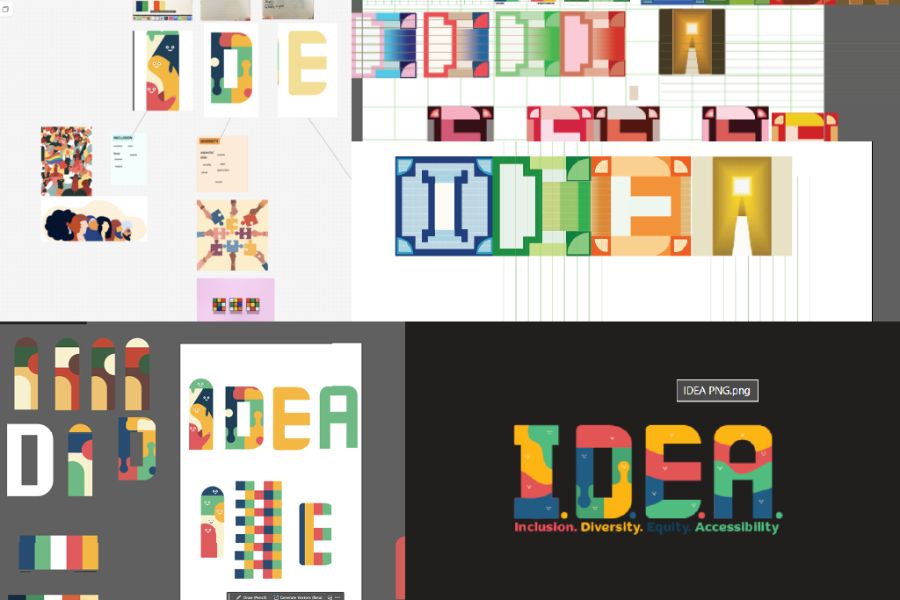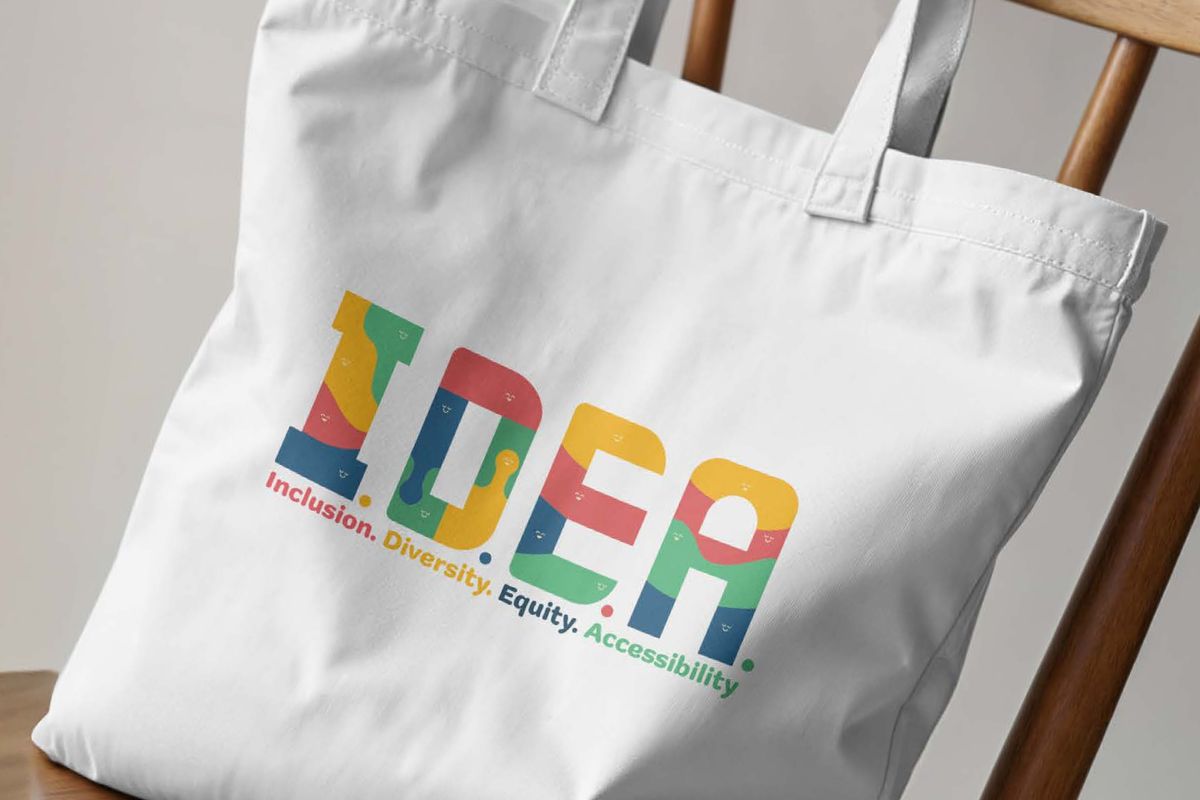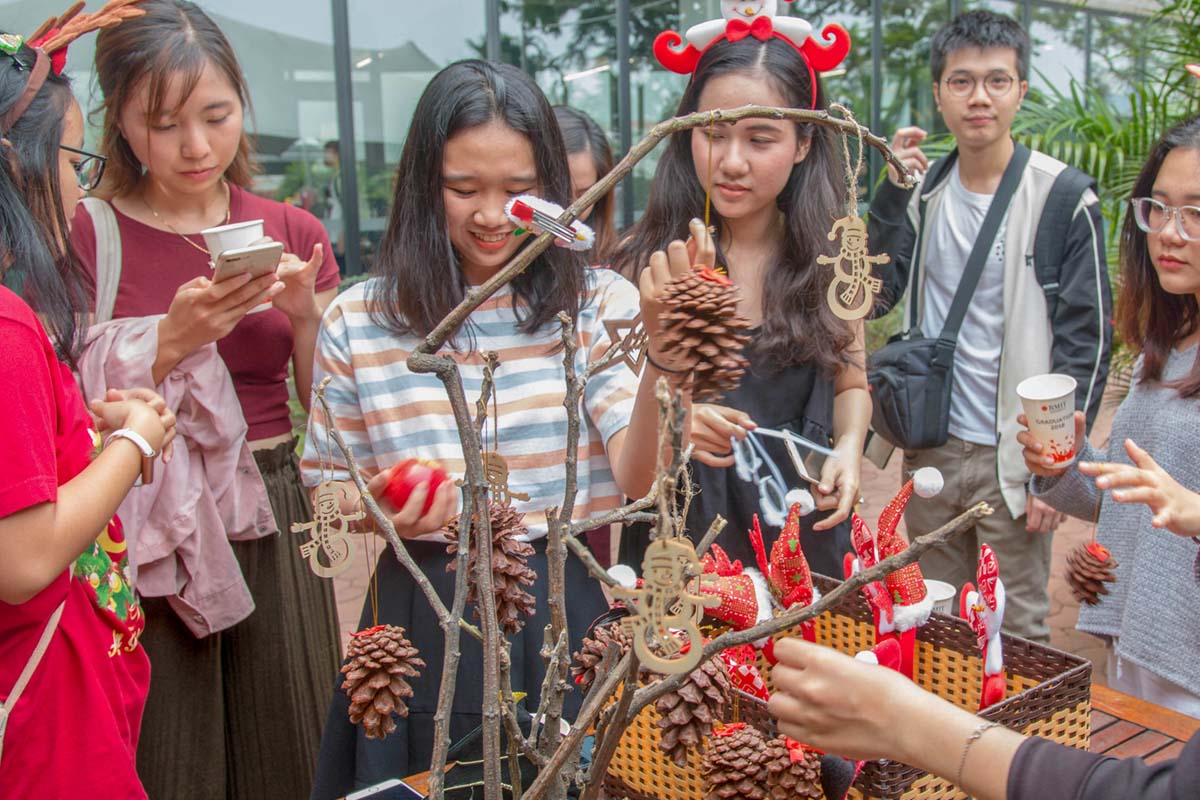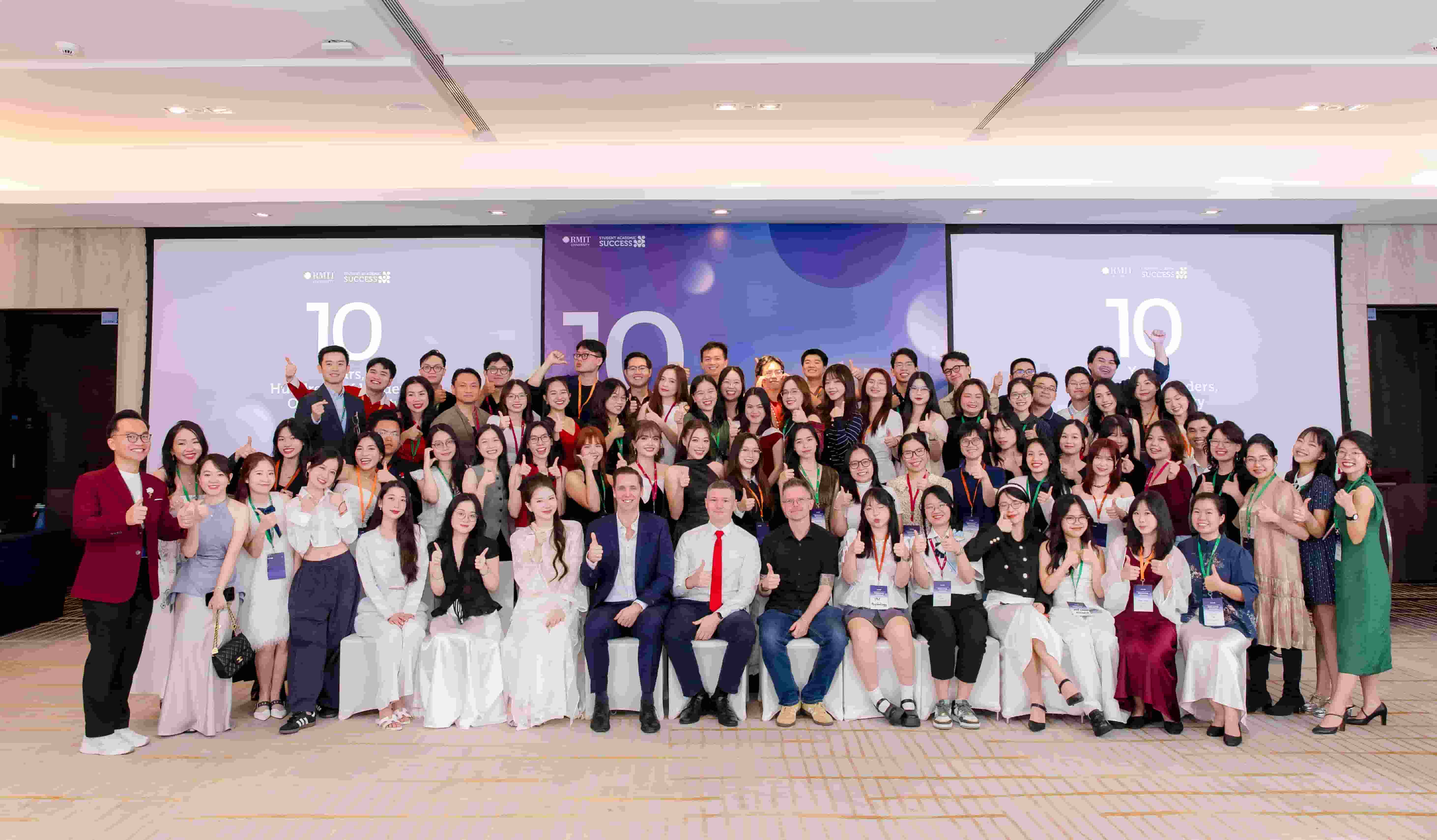Newbie 101: Mental health tips to be chill with change
Are you having a hard time dealing with the transition to university? Are you feeling lost and unsure about who to talk to under academic pressure? Even exciting university changes can feel overwhelming. Learning practical mental health tips to cope with change early can help you feel more at ease as you settle into university life.
Christmas in Vietnam, what to do?
From glowing streets to lively cafés, Christmas in Vietnam has evolved into a festive social gathering, particularly among young people. Whether you’re an expat or a local, this guide highlights what to do in Vietnam during Christmas to enjoy the holiday to the fullest.
A decade of Peer-Assisted Learning: From academic first steps to community impact
From personalised learning support to strategic study planning, Student Academic Success (SAS) has shaped the confidence of thousands of students to reach their academic goals. As the Peer-Assisted Learning (PAL) program marked its tenth year, let’s look back at how it has grown into impactful learning communities within and beyond RMIT.

